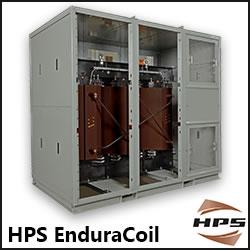NABCEP Requests Input on PV Installation Professional Credentials
Alternative Energy Project Financing
Alternative Energy Project Financing
Is solar power in nuclear disaster exclusion zones advisable?
Is solar power in nuclear disaster exclusion zones advisable?
AWEA statement: Industry praises Administration's commitment to advancing US offshore wind
AWEA statement: Industry praises Administration's commitment to advancing US offshore wind
Is Rent-to-Own Solar Power the Answer?
Special News Report for Solar Power International 2016
Special News Report for Solar Power International 2016
Why large-scale wind power is so hard to build
Why large-scale wind power is so hard to build
Batteries Get a Boost From California Utilities
Solarodo - New and Used Solar Equipment Marketplace
Market entry Down Under: BayWa Group acquires Australian PV distributor Solarmatrix
Records 3991 to 4005 of 39952
First | Previous | Next | Last
Featured Product

